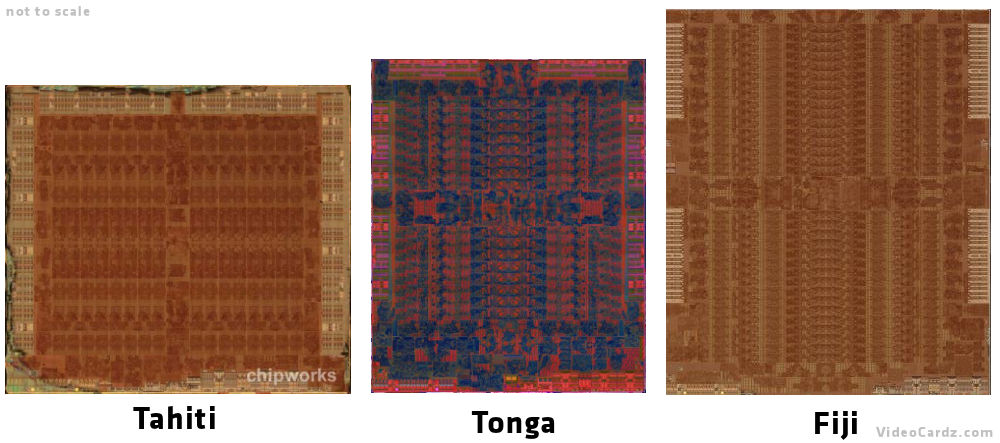if it is indeed running at 1.3 with samples I bet its gonna be one hell of a performer for the price. We shall see..
That test sample on SiSoft is 5.83 TFLOPS which puts it close to the 390X at 5.91 TFLOPS assuming no architecture changes. It's putting it much more in line with the original rumor of 390X performance at $200 that somehow warped to 390X performance at $300 when it was combined with the rumor that said 980Ti performance at $300. Of course all those rumors are probably wrong.
Last edited:
![[H]ard|Forum](/styles/hardforum/xenforo/logo_dark.png)


